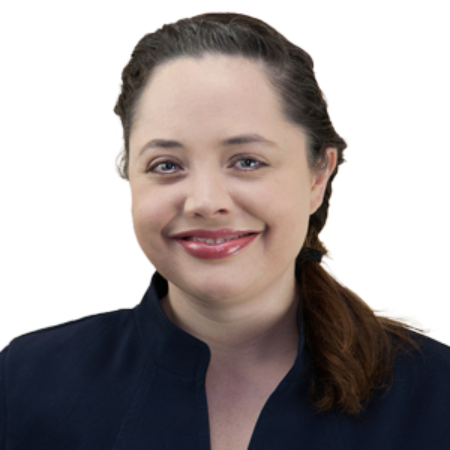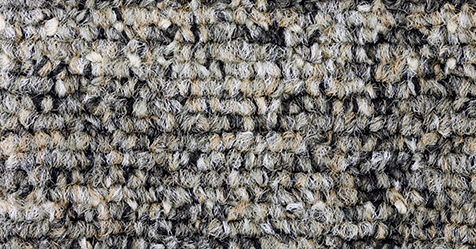No matter how talented the cleaner, there are some carpet stains that simply don’t want to be removed. The perceived cleanliness of an entire area can be ruined by these stubborn spots.
Getting rid of a spot or stain begins with identifying its origin. Knowing the soil type is priority No. 1 and should be completed before cleaning, whenever possible. Identifying the stain type makes choosing the correct formula for removing it much easier.
Facilities that keep a list of potential staining agents can eliminate the need for stain identification altogether. Employees who can tell cleaners the substance that spilled also are helpful. Unfortunately, helpful lists and employees are not always available.
What Does Your Carpet Like?
In a recent article, “The Foundation of Better Carpet Care,” we explored the most popular carpet fiber types and how to identify them using simple, in-house testing. Knowing the carpet fiber of a stained area helps a cleaner know what to expect when treating it. As the article explained, different carpet fiber materials have different “likes” and “dislikes.”
Nylon, while popular for its cleanability, generally likes acidic substances and stains easily when it encounters dyes found in colored fruit drinks. Stain blockers can help keep these substances from staining. However, stain blockers are not commonly found in commercial areas, so it is important to use carpet protector whenever possible.
Olefin, on the other hand, tends to reject acid dyes (as well as tannins) because it has an affinity for oil. While red juice will likely clean easily from olefin carpet, spilled oily substances like cooking oil, grease, or tar can be a challenge to remove. Fortunately, olefin is chemical friendly, so cleaners have a greater selection of cleaning chemicals at their disposal.
Like olefin, polyester fibers also like oily soils but aren’t stained easily by food or beverages. Mustard, however, is an exception due to a natural attraction.
Complicating the matter, carpet fiber “blends” also can affect the efficiency of spot and stain removal.
Spot Versus Stain
Let’s pause for a moment to discuss the difference between a spot and a stain. While cleaners sometimes use the terms interchangeably, they are different. Essentially, a spot is on the outside of the carpet fibers and a stain is on the inside. A cleaner may remove a spot and find there is also a stain—mustard is one such case. But in general, stains don’t leave anything on the outside.
Cleaners can usually tell whether they are dealing with a spot or stain since spots have texture (something on the outside of the fibers) and stains do not (because the problem is inside the fibers). A cleaner also may use a pocket microscope to determine whether the substance is on the inside or outside of the fiber.
Identification Methods
As noted above, the simplest way to identify a spot is to be told what it is, but cleaners aren’t always lucky enough to have that information. Even if someone does provide information, they aren’t always correct.
The best method to determine the makeup of a spot or stain of unknown origin is to analyze its location, appearance, and/or smell.
Analyzing location
When identifying a spot, it’s important to consider its location (room type) and use this to hypothesize its makeup. For instance, dining or common areas are prone to food stains. Entry areas could contain tracked-in items of any origin, but grease, animal feces, and other substances commonly found on the ground are good starting points.
Analyzing appearance
How a spot or stain looks also can offer details on its makeup. Obviously, cleaners can use their own knowledge to help determine the origin, but beyond that, appearance helps cleaners decide whether a spot is organic or synthetic. Organic stains will appear dull, will likely be brownish in color, and can be sticky to the touch. Synthetic stains will appear shiny.
Analyzing smell
Brave (or desperate) cleaners may use their nose to unlock a stain or spot’s origin. To do this, wet the spot, blot it with a towel, and take a sniff of the towel. Obviously, this is not an appealing option and it might require an advanced sense of smell.
Cleanup Options
Once they’ve identified the source of the stain, cleaners can more effectively choose the correct cleaning chemical. We will look at specific spot and stain cleaning techniques in upcoming articles, but in general, the following tips hold true for chemical choice:
- Petroleum-based: clean with a dry solvent spotter
- Water-soluble: clean with water-based agent
- Synthetic: clean with a reducing agent
- Natural or organic: clean with an oxidizing agent
- Protein (vomit, feces, blood): clean with a protein digester.
Education and hands-on training are the best methods to prepare cleaners for encountering problem spots and stains. Explore carpet cleaning classes from the Institute of Inspection, Cleaning, and Restoration Certification at www.IICRC.org/education-certification/course-schedule.




